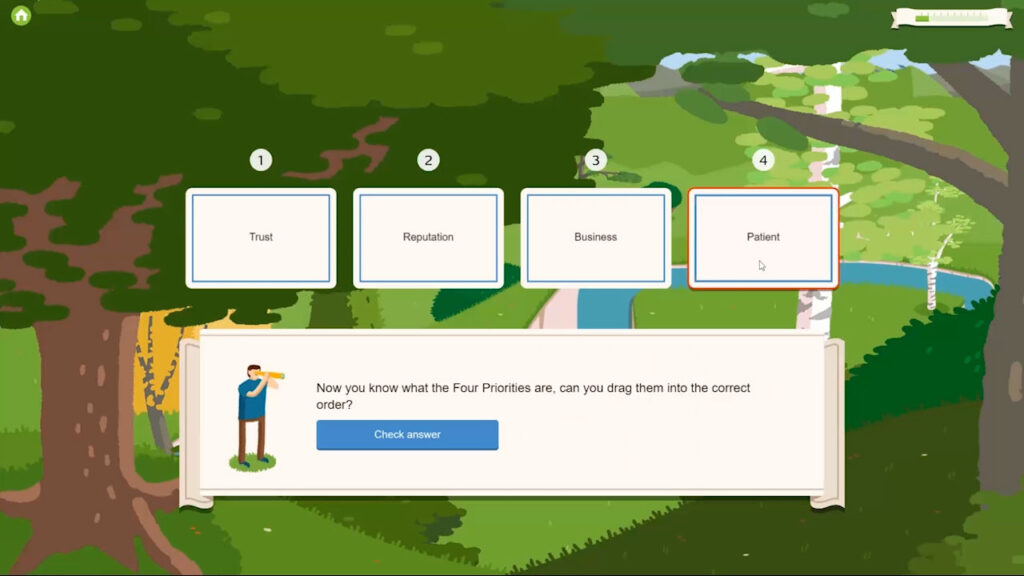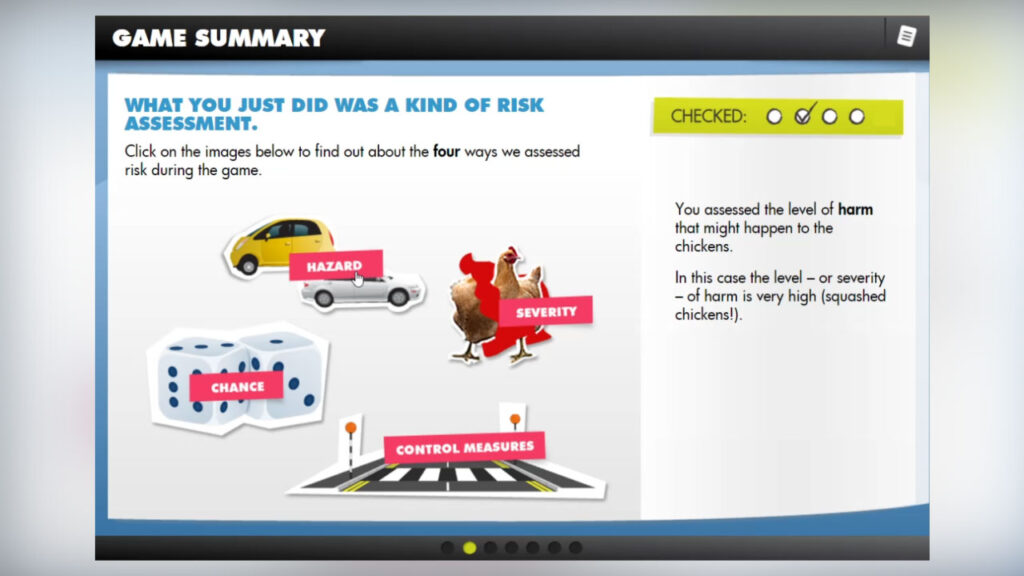“A game is an opportunity to focus our energy, with relentless optimism, at something we’re good at (or getting better at) and enjoy.
In other words, gameplay is the direct emotional opposite of depression.” – Jane McGonigal, author, researcher, designer
By now, gamification has to be the corporate world’s worst-kept secret. As a tool for employee motivation, the potential presented by gamification strategies are simply unparalleled.
The notion of gamified employee engagement may be modern, but it is not a fad, and its relevance is growing all the time. 89% of employees reported that gamification improves their productivity levels, and 88% stated that it makes them feel happier at work (Talent LMS). Similarly, learners who were given the option to explore challenge-based gamification were able to improve performance by almost 90%, compared to those who received only classroom-style training (ScienceDirect).
Whatever your sector; productivity, efficiency and employee engagement are surely high-priority items. The quickest, best way to raise the levels and achieve your core business objectives is by increasing employee motivation – and the best way to do that, is through the implementation of gamification strategies.
If you’re interested in learning more about how gamification can take your organisation’s performance to the next level, or you’d like to discuss your project ideas, get in touch with us here at Sliced Bread Animation. Otherwise, read on as we explore gamification to motivate employees in more detail.
What is gamification?
Let’s take things right from the top: first of all, what exactly is gamification?
Essentially, gamification means adding video, board or other gameplay mechanics and elements to a process, such as a task or educational course. In the words of Investopedia, “gamification describes the incentivization of people’s engagement in non-game contexts and activities by using game-style mechanics” (Investopedia).
Some examples of business gamification might include:
- Game-based learning and training
- Interactive performance leaderboards
- Rewards, incentives and prizes
- Skills development progress bars
- Badges, trophies and achievements
In terms of the workplace, employee gamification is a sure-fire way of improving staff retention – let’s face it, which employees wouldn’t stick with a company that took the time to invest in fun, rewarding, engaging experiences?
Following the implementation of gamification strategies and game-based learning, motivation among the workforce sees a sharp rise, and task engagement is also impacted in a positive way.
Moreover, there’s the intangible truth that employees who are able to enjoy fun and engaging experiences intrinsically feel more closely-associated, or affiliated, with the company. As a result, companies are able to reap the tangential rewards of increased brand loyalty among internal staff.










